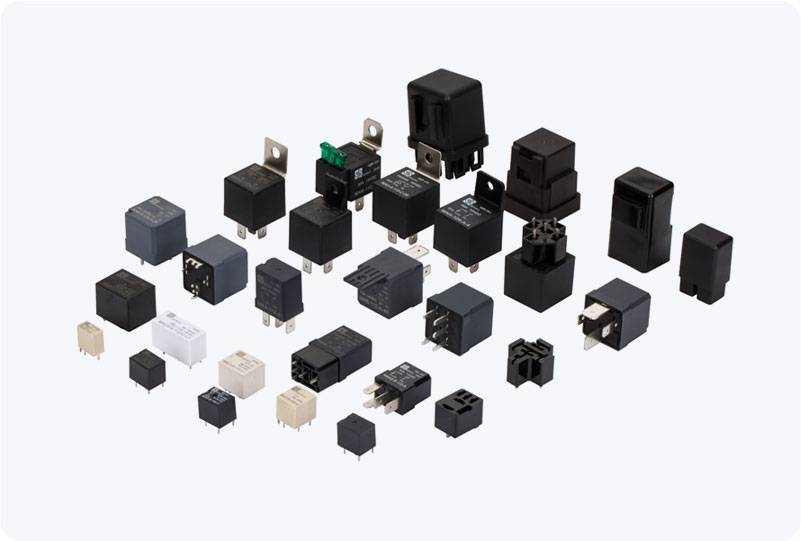Power relays are essential components in modern electrical and electronic systems. These devices allow a low-power control circuit to switch high-power circuits, making them a vital element in automation, safety, and the overall functionality of electrical systems. In this article, we will explore the importance, working principle, types, and applications of power relays, as well as their critical role in various industries.

What is a Power Relay? A power relay is an electrically operated switch that controls the flow of electricity in high-power circuits by using a low-power control signal. Essentially, it allows an electrical system to manage large electrical loads by controlling smaller, safer electrical signals. Power relays are commonly found in many devices, ranging from home appliances to industrial automation systems. How Does a Power Relay Work? The working principle of a power relay is straightforward but incredibly efficient. The device consists of two main components: an electromagnet (coil) and a set of mechanical contacts (switches). The electromagnet is powered by the control signal, which generates a magnetic field. This magnetic field either attracts or repels a lever or arm, causing the mechanical contacts to either close (connecting the circuit) or open (disconnecting the circuit).